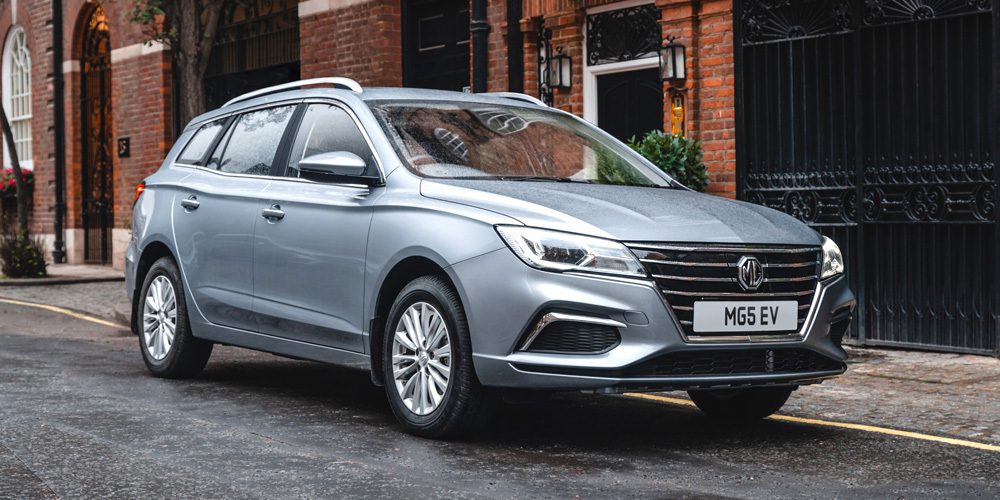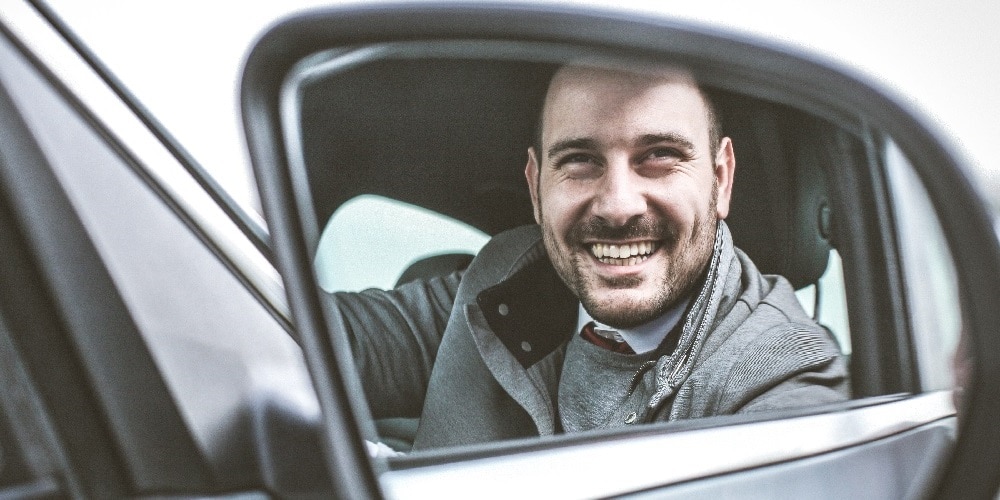Payments on account can be one of the most common stumbling blocks when it comes to your self-assessment tax return. Although it was introduced as an initiative to help taxpayers spread their tax payments, it can often result in annual frustration and can actually harm your cash flow if you’re caught unaware.
What is a payment on account?
What most people know is that you must file your tax return and pay any taxes due by January 31st. This will settle any outstanding tax for the last tax year, plus an upfront payment for the next tax year. However,
if you have a self-assessment tax bill of more than £1,000 you may also need to make a so-called payment on account.
You would also need to make a further payment on account by July 31st every year. Both of these are based on what you earned last year, not the current state of your finances, because HMRC can’t predict how your income is going to fluctuate – they assume you’re bringing in the same amount every tax year, but that might not be the case.
How to calculate payments on account
Any payment on account due is equal to 50% of the previous year’s tax bill.
Whether it’s the first time your tax bill is over £1,000 in a tax year, or it’s your first year of trading, you need to know what to expect the first time you make a payment on account.
If you began trading in 2020/21 and have a tax bill of £1,400 for that year, you’d need to pay the tax bill on January 31st, 2022.
However, because your tax bill is over £1,000, you’d also have to make your first payment on account – 50% of the amount due for 2020/21 – for the 2021/22 tax year. In this case that would be £700, so you’d owe HMRC a total £2,100 on January 31st, 2022.
The second payment on account – a further £700 – would be payable by July 31st, 2022.
As a side note, Class 2 National Insurance contributions are not included in the calculation for payments on account – this is in fact deducted before multiplying your tax bill by 50%. But for simplicity, this hasn’t been taken into account in the calculation above.
How to reduce the payment on account due
Payments on account are based on your earnings from the previous year, so if your income falls dramatically, your payments on account may also be reduced to reflect a lower income.
Therefore, you make a claim to reduce your payments on account. Be careful though:
if you reduce your payments on account too much, you’ll have to pay interest on any tax shortfall.
What if I can’t afford a payment on account?
Under normal circumstances, you should contact HMRC as soon as possible. If you miss the deadline without informing them, you’ll start to accrue interest and late payment surcharges.
HMRC may set a new deadline if you inform them on time, so you can avoid late payment penalties, however they’ll still charge the interest.
How to pay my payments on account
If you file online, you can make your payment on account at the same time. If you submit it via paper return, you’ll receive a paper bill with a Bank Giro form to make your payment.
In light of MTD for Income Tax, HMRC is encouraging more people to file their self-assessment tax return online – via the HMRC website or commercial digital software such as GoSimpleTax:
Track your tax liability in real-time and log your expenses with GoSimpleTax
The app is officially recognised by HMRC, it helps you claim all your allowances and avoid any penalties
About GoSimpleTax
Income, expenses, and tax submission – all in one.
The GoSimpleTax desktop and mobile app provides you with tips that could save you money on allowances and expenses you might have missed. It does all the calculations for you, so you also save on accountancy fees.
The app submits directly to HMRC, and it’s the solution to file your self-assessment if you’re a self-employed driver or have any other income outside of PAYE.
About Splend
We’re PCO car subscription specialists enabling on-demand drivers to make money by driving. Our vision is a future where every on-demand driver can be successful.
We can set you up with a brand-new or new-model car, and provide the training and support you need to become a more profitable, safer, and fulfilled driver. Don’t take our word for it — Uber drivers rate us excellent on Trustpilot.
Drop by our London Hub at 393 Edgware Road Cricklewood, London, email us, or say hello on 0333 016 4331


![How to Become a Uber Driver [Complete Guide] | Splend](https://www.splend.co.uk/wp-content/uploads/2020/02/how-to-become-an-uber-driver-in-london-2.jpg)

